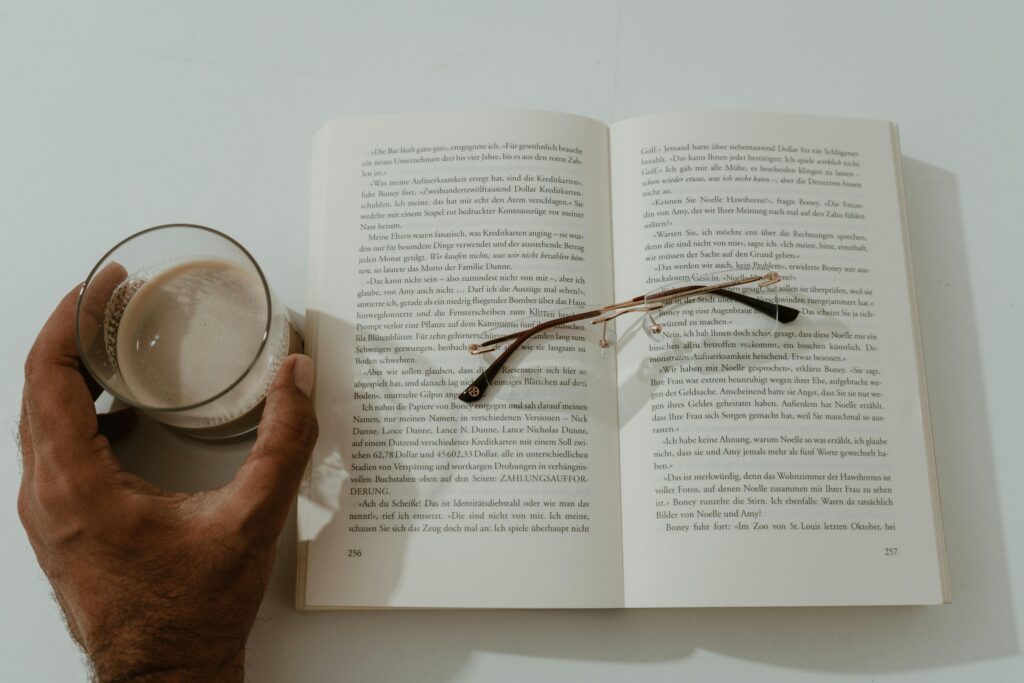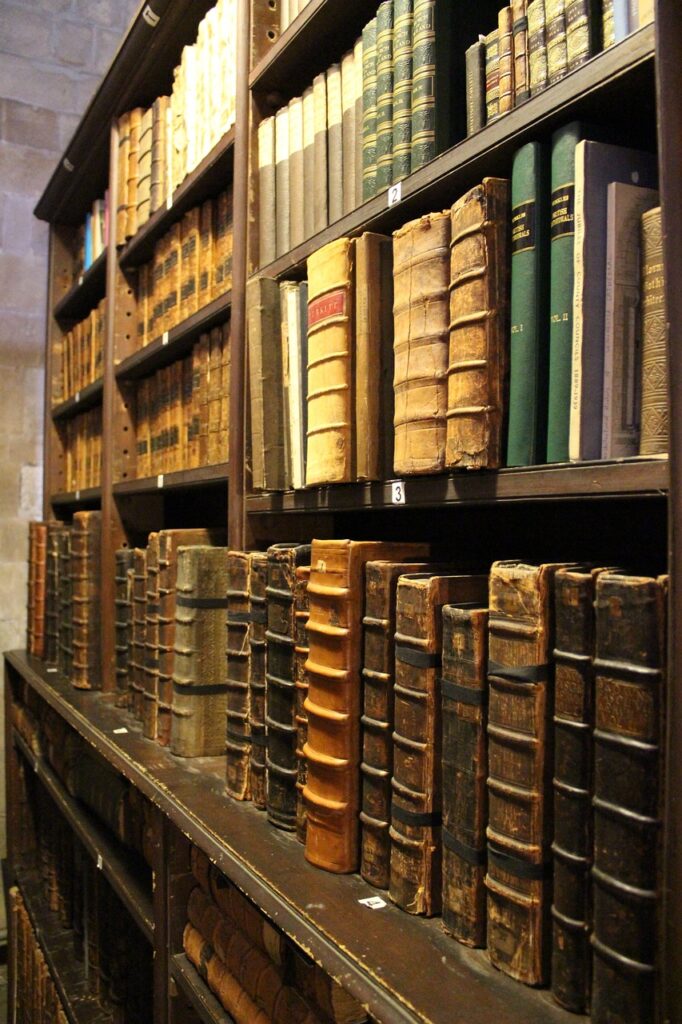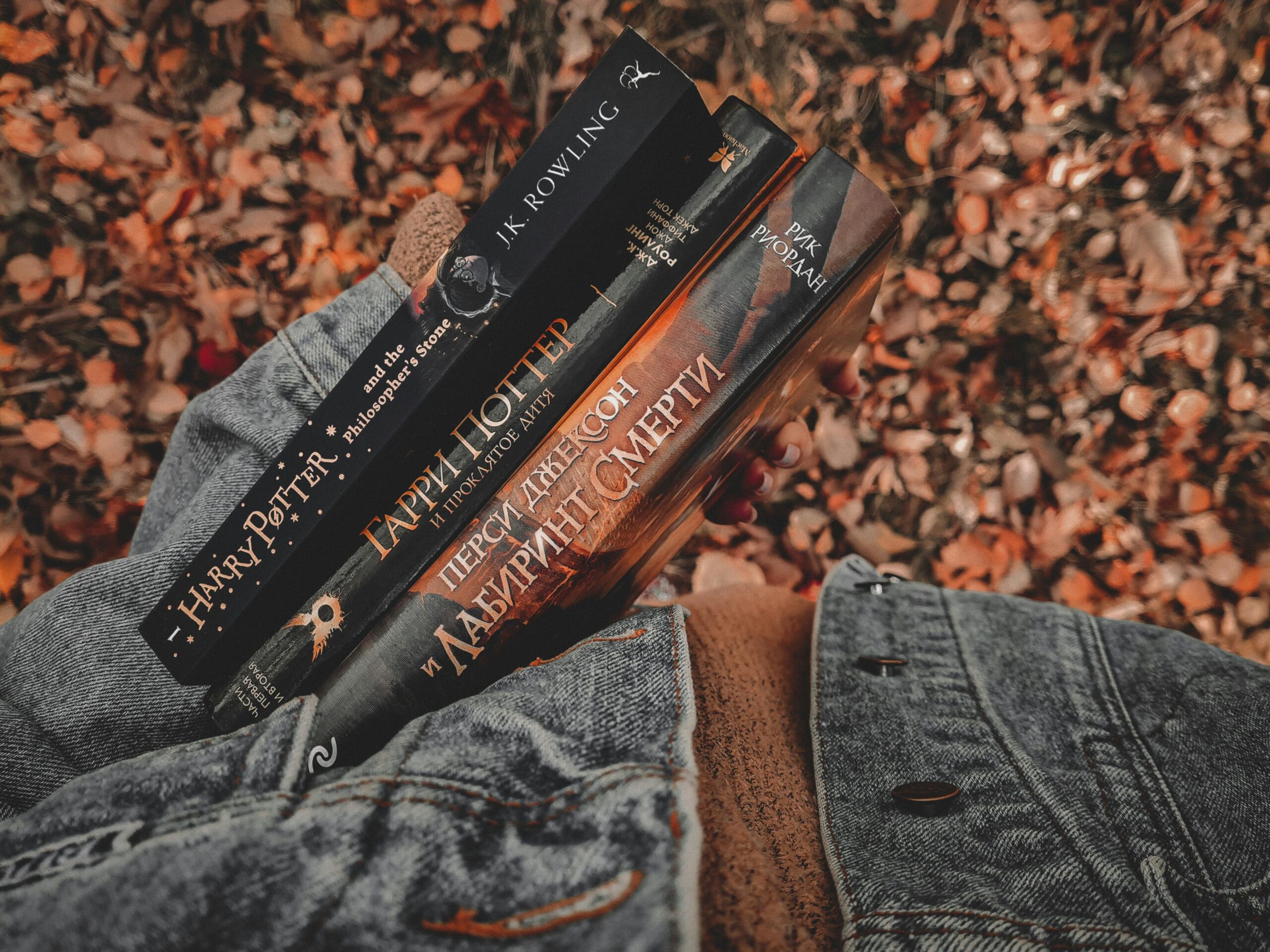Translation is more than just converting words from one language to another—it’s an art, a form of writing, and an act of cultural mediation. Renowned translator Damion Searls, known for his work with literary greats like Hermann Hesse, Rainer Maria Rilke, and Nobel laureates Jon Fosse and Patrick Modiano, explores this intricate craft in his book The Philosophy of Translation. His work sheds light on the challenges, responsibilities, and creative processes that define translation.
In this article, we delve deeper into Searls’ insights, explore aspects he touches upon, and answer common questions about the art of translation.

Translation as a Creative Act
Searls argues that translation is essentially a form of writing. Just like authors, translators engage with language, structure, and style, making creative choices along the way. The main difference? A translator must remain faithful to the source text while crafting a new literary work that stands on its own.
This perspective challenges the notion that translators are mere conduits of meaning. Instead, they are co-creators, reshaping narratives to resonate with readers in a different language while preserving the essence of the original work.
Reading Like a Translator
One of the most intriguing ideas in Searls’ book is the concept of “reading like a translator.” Translators engage in an intensive form of close reading, paying attention to the subtlest nuances of a text—its rhythm, tone, and implicit meanings.
This approach doesn’t just apply to translators. Anyone can adopt this deep reading method to develop a richer understanding of literature. By actively considering how words shape meaning, readers can experience texts with a new level of depth and appreciation.
Beyond Literal Translation: Finding the Soul of the Text
A common misconception is that translation is simply a word-for-word process. However, great translation requires a deeper understanding of how a text communicates, not just what it says.
Searls emphasizes that effective translation captures a text’s emotion, style, and rhythm. This means that a good translator sometimes has to deviate from a literal translation to preserve the intent and feeling of the original.
For example, idioms, cultural references, and poetic elements often don’t have direct equivalents in other languages. A translator must make tough decisions—should they localize these elements for better readability or stay as close to the original as possible? Every choice they make impacts how the work is received.

The Ethics of Translation
Translation isn’t just about words—it’s also about responsibility. Every choice a translator makes influences how a text is perceived in another language and culture.
Searls highlights the ethical dilemmas translators face, such as:
- How much should they adapt a text to fit the target audience?
- Should they explain cultural references, or leave them intact for authenticity?
- How can they maintain the author’s voice while ensuring readability?
There’s no single correct approach, but transparency is key. A good translator acknowledges their interpretative role and makes deliberate choices to balance accuracy with readability.
Translators: The Unsung Heroes of Literature
Despite their crucial role in shaping world literature, translators are often overlooked. Without them, we wouldn’t have access to masterpieces from authors like Gabriel García Márquez, Haruki Murakami, or Tolstoy.
Searls argues for greater recognition of translators—not just as linguistic experts but as artists in their own right. Their work fosters cross-cultural understanding, bringing diverse voices to a global audience.

Common Questions About Translation
1. What is the main goal of a translator?
A translator’s goal is to accurately convey the meaning, tone, and intent of the original text while making it accessible and engaging for a new audience.
2. How do translators handle words that don’t exist in the target language?
They use creative strategies like paraphrasing, footnotes, or finding an equivalent phrase that captures the original meaning.
3. Is literal translation effective?
Not always. Literal translation can result in awkward, unnatural phrasing. A good translation prioritizes meaning and style over strict word-for-word accuracy.
4. What are the biggest challenges in translation?
Cultural differences, idioms, humor, maintaining the author’s voice, and balancing faithfulness with readability are some of the biggest challenges.
5. How do we judge a translation’s quality?
A great translation should read smoothly in the target language while remaining true to the spirit of the original text. If it feels forced or unnatural, it may not be a successful translation.
Final Thoughts: Translation as an Art Form
Damion Searls’ The Philosophy of Translation offers a fascinating look into the world of literary translation. He challenges traditional notions, presenting translation as a form of writing that requires creativity, deep reading, and ethical decision-making.
Next time you read a translated book, take a moment to appreciate the translator’s craft. Their work doesn’t just bring stories across languages—it brings cultures together.
Sources The Nation


